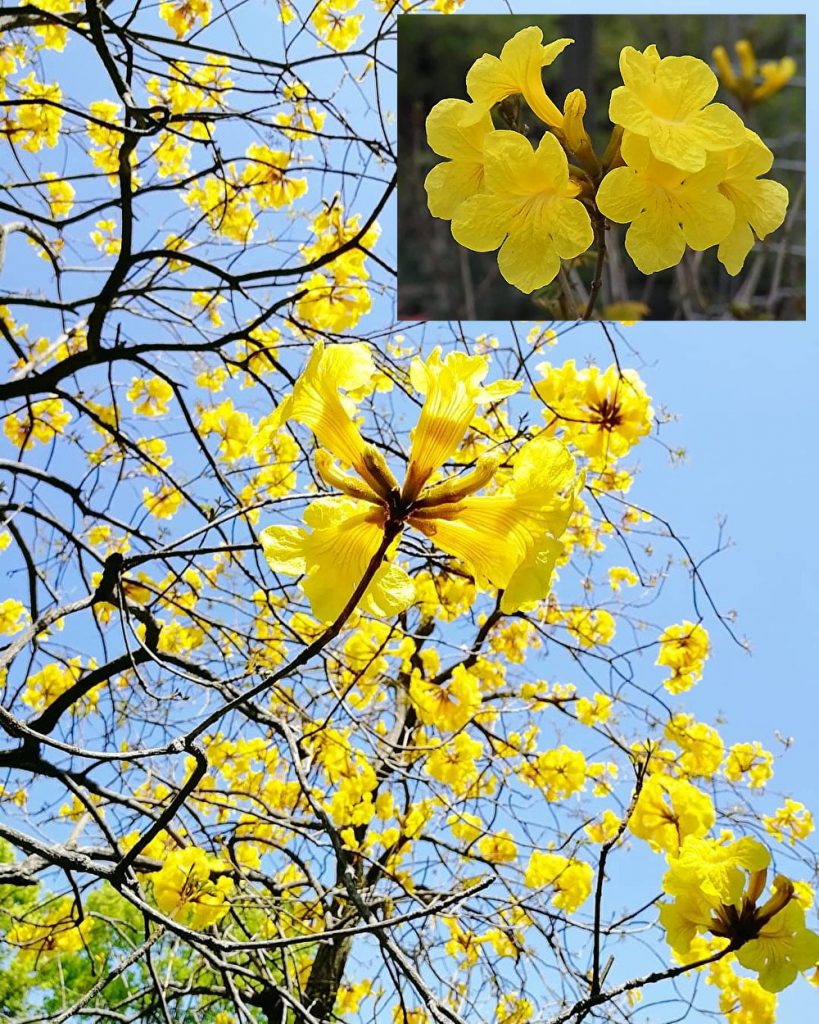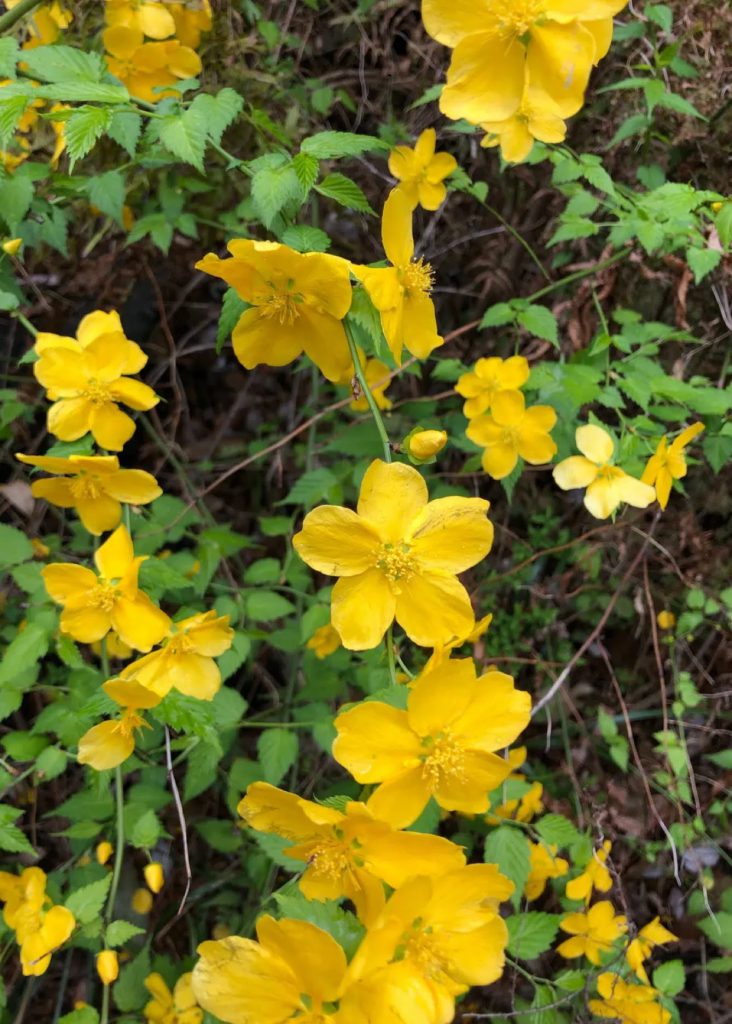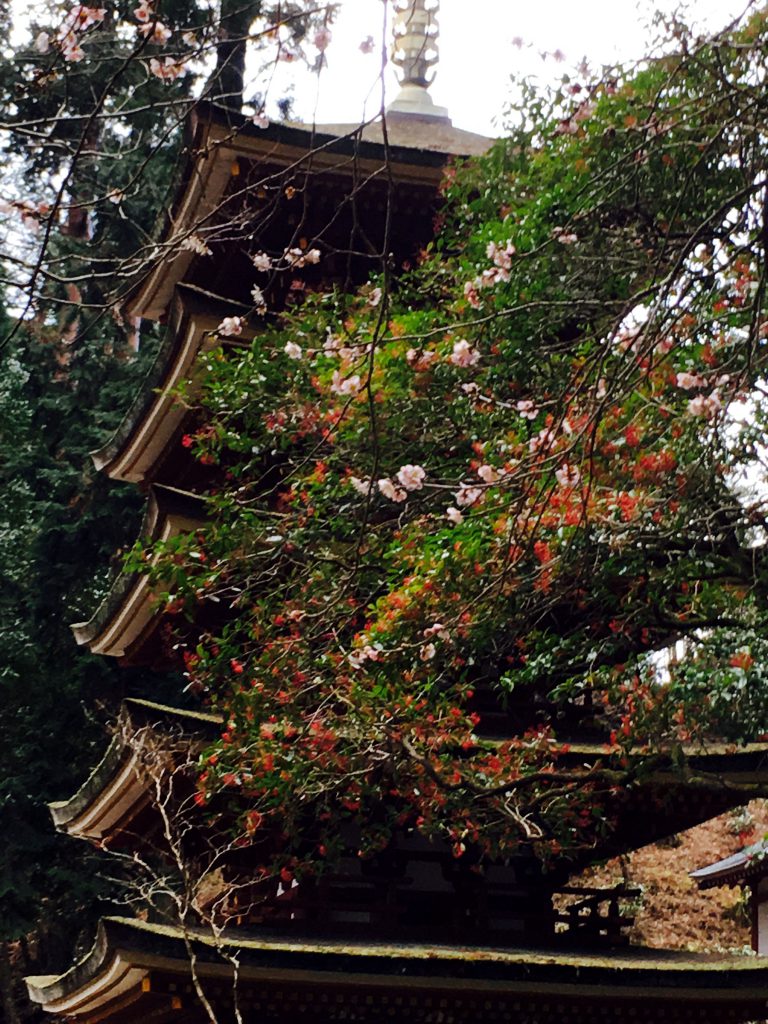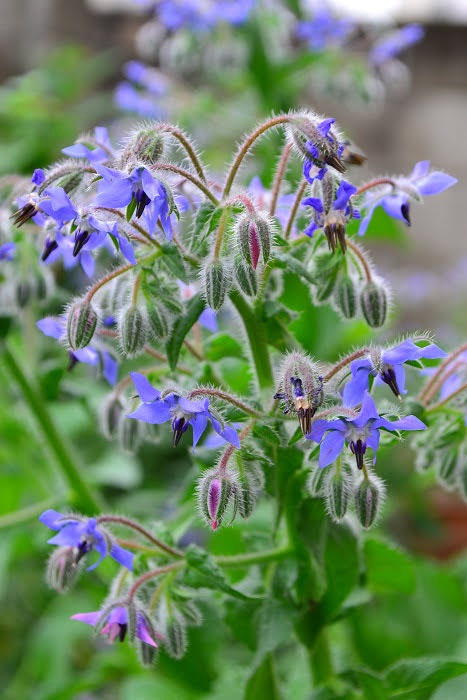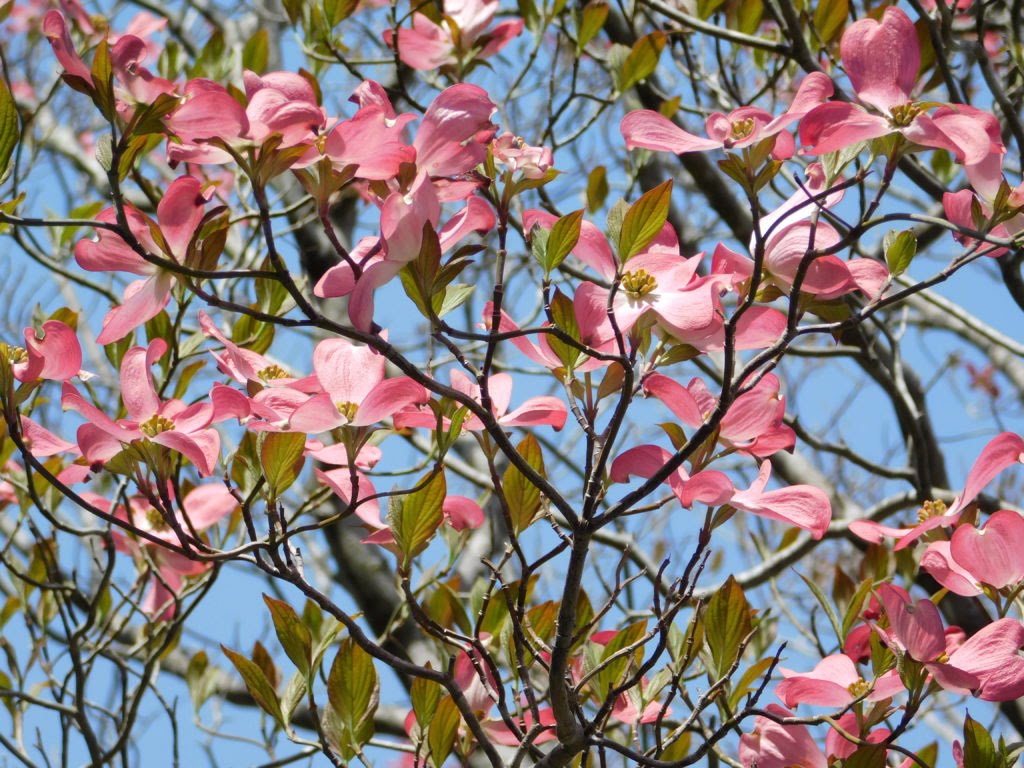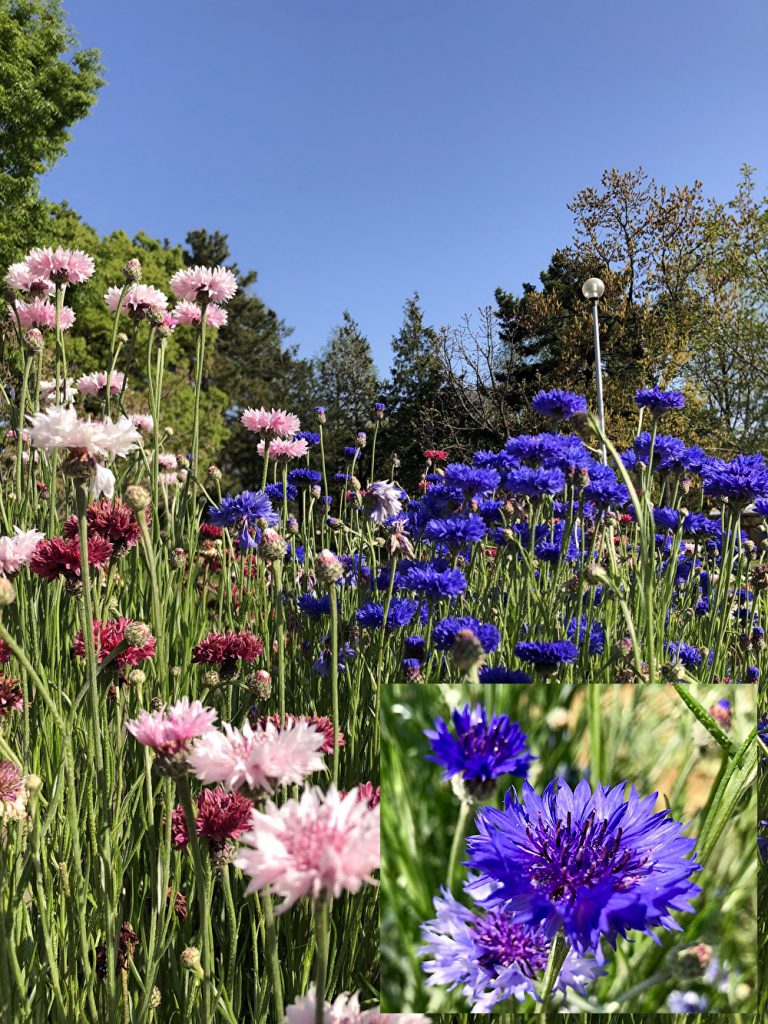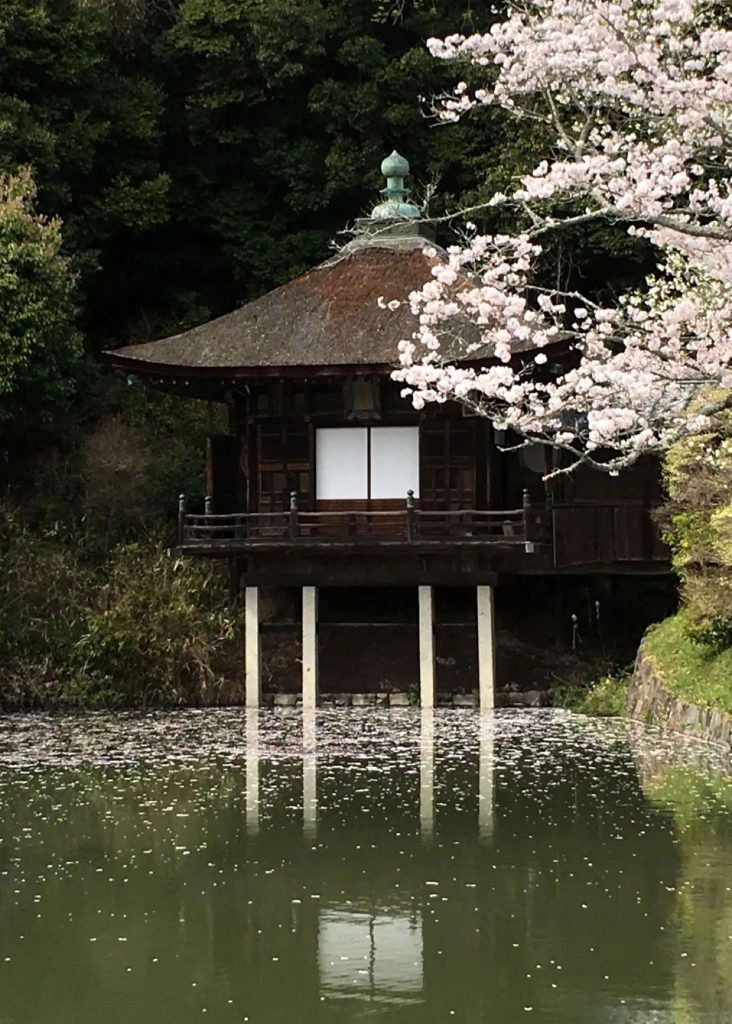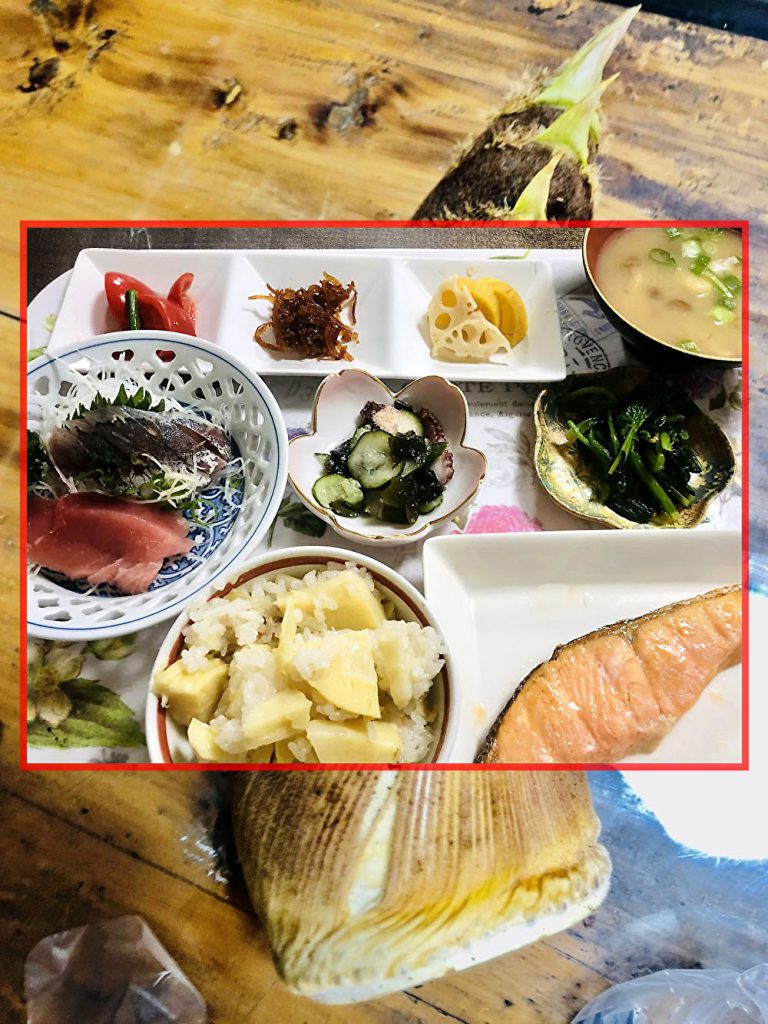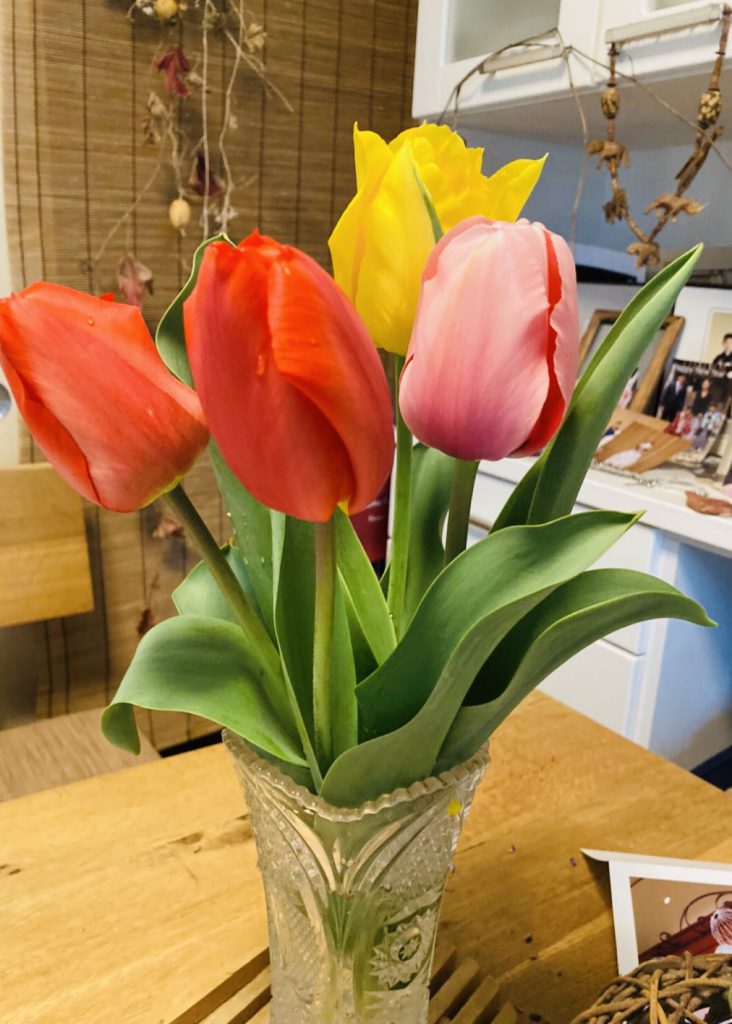
Kinme-Dai(Splendid alfonsino) is widely distributed worldwide from the Pacific Ocean to the Atlantic Ocean and from the tropics of the Indian Ocean to the temperate regions. It is a completely different variety from Ma-Dai(red sea bream). It is widely distributed in the waters near Japan, but it is mainly caught along the Pacific coast from off the eastern coast of Kanto to the Ogasawara Islands and Okinawa. Among them, the ones caught from off Boso to the Izu Peninsula and around the Izu Islands are landed at Shimoda Port, which is the largest landing volume in Japan. At Shimoda Port, there are many high-quality, greasy fish in the vicinity of Oshima, and the Kinmedai caught by single fishing is branded as “Ji-Kinme” or “Toro-Kinme” and has become a high-class Kinme-Dai. The freshly landed Kinme-Dai is bright red and has big eyes and shines golden. There is a theory that if it is landed in the same color as Ma-Dai in the deep sea, it will turn red, while there is also theory that if it is red in the deep sea, this red will look black and become a protective color.
金目鯛は太平洋から大西洋、インド洋の熱帯から温帯域と世界的に広く分布しています。真鯛とは全く別品種です。日本近海にも広く分布しますが、主に関東東沖から小笠原諸島、沖縄までの太平洋沿岸で漁獲されています。中でも房総沖から伊豆半島、伊豆諸島周辺で獲れたものが下田港に水揚げされ、水揚げ量では日本一となっています。下田港では、大島近辺では脂がのった上質のものが多く、そこで一本釣りで獲れたキンメダイを「地金目」または「トロ金目」よ呼ばれブランド化され、高級金目鯛となっています。水揚げされたばかりの金目鯛は真っ赤な朱色で目が大きくて金色に輝いています。深海では真鯛と同じ色で水揚げされたら赤くなると言う説と、深海でも赤くて、深海ではこの赤が黒く見え、保護色になっていると言う説があります。

